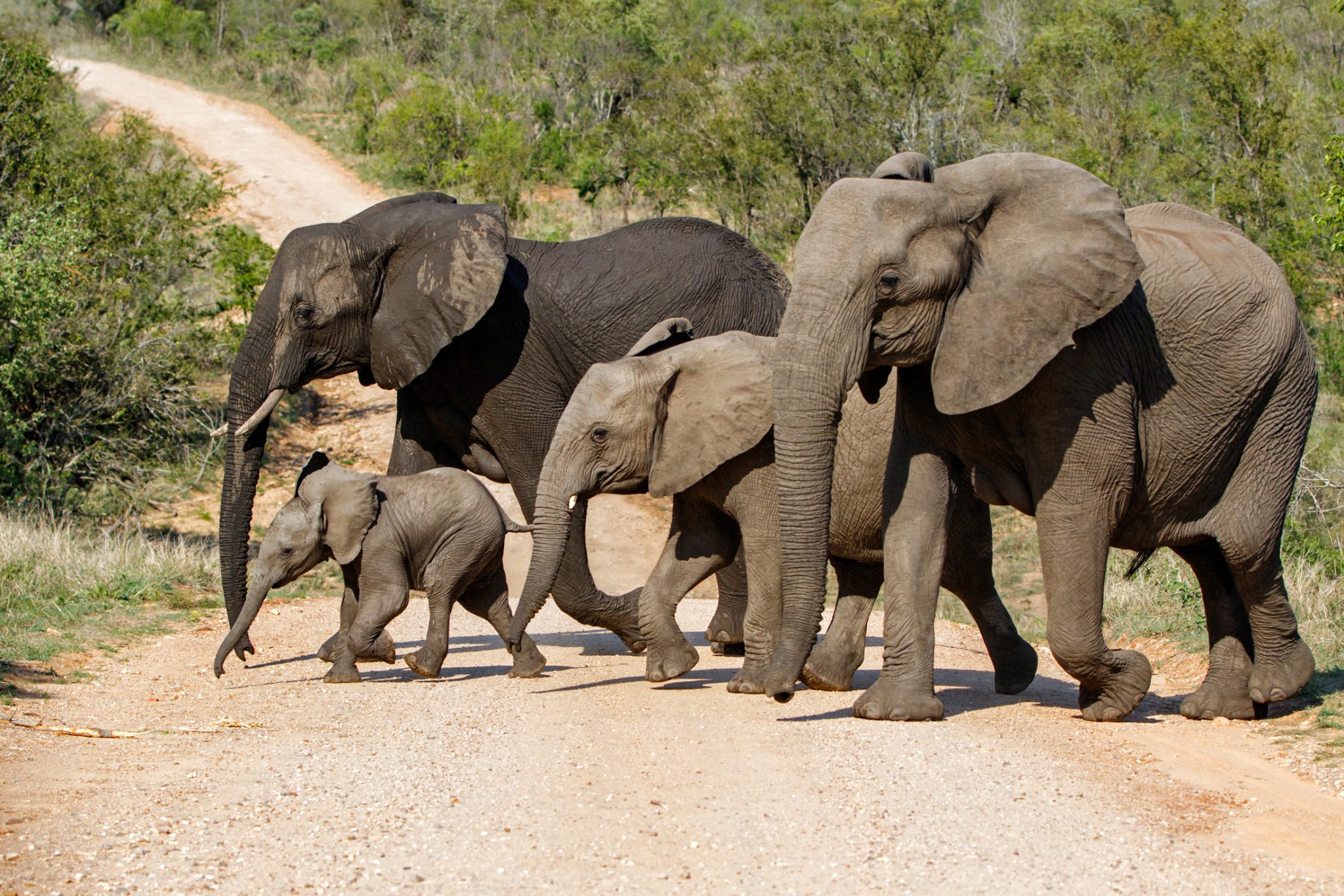
Unveiling the Wonders of the World’s Largest Land Mammal
Welcome to the first episode of our Fun Fact Friday series! Today, we embark on an awe-inspiring journey into the fascinating world of the Elephant, uncovering the many incredible facets that make these gentle giants truly extraordinary.
- Elephant’s size and lifespan:
- The African elephant holds the prestigious title of the world’s largest land mammal.
- Adult males, reaching up to 3 metres tall and weighing between 4,000 to 7,500 kg, attain their full size at 35-40 years old.
- In the wild, elephants can live up to a remarkable 70 years.
- Elephant Species Distinctions:
- Three species exist – African Savannah, African Forest, and Asian.
- Notably, their ears play a vital role in distinguishing them: The African elephant ears are larger and are said to be shaped like the African continent, while Asian elephant ears are smaller and are said to be shaped like the Asian subcontinent.
- Another distinguishing feature is the number of fingers at the front of their trunk, with African elephants having two and Asian elephants having only one.
- African Elephants can be found in the Kruger National Park
- Elephant Trunks:
- The elephant trunk boasts around 150 thousand muscle units and is one of the most sensitive organs in any mammal.
- Remarkably, it can hold up to 8 litres of water in its trunk.
- Elephant Tusks:
- Elephant tusks are actually their teeth, and they begin to grow at around 2 years old and continue throughout their lives.
- Used for feeding and defence, these magnificent structures play a crucial role in an elephant’s life.
- The bigger the tusks, the older the elephant is.
- Elephant Hide and Habits:
- Their thick, 2.5 cm skin, complete with folds, aids in retaining water and keeping them cool.
- Regular dust baths are essential for cleanliness and protection against sunburn.
- Constant Eating Habits:
- Elephants consume around 150 kg of food daily, spending 12 to 18 hours grazing on grass, plants, and fruit.
- 60% of which passes through and does not get digested
- Communication and Intelligence:
- Communication includes trumpet calls, body language, touch, and even seismic signals which they feel through vibrations.
- Elephants showcase remarkable intelligence from birth; calves can stand within 20 minutes, walk within an hour, and keep up with the herd within two days which is a survival technique allowing the herd to keep moving in their search for more food and water.
- Elephants exhibit remarkable cognitive abilities, and one fascinating aspect of their intelligence is their ability to distinguish between male and female voices.
- Research has shown that elephants can discern the pitch and timbre of human voices, allowing them to identify gender differences. This keen sense of auditory perception plays a crucial role in their social interactions and may contribute to their complex communication systems.
- Memory and Language Skills:
- An elephant never forgets….
- Their temporal lobe, associated with memory, is larger and denser than in humans.
- Elephants can distinguish between languages and even mimic words, demonstrating a profound understanding of human communication.
Personal MS – best places to find elephants in the kruger?
Join us in the upcoming episodes as we continue to delve into the enchanting world of Kruger National Park animals, exploring their social structures and environmental impact.
Are you ready to embark on the adventure of a lifetime? Come and see these majestic creatures for yourself. Contact us now to book your next Kruger National Park Safari with Keegan and create unforgettable memories with the majestic elephants of the wild!


